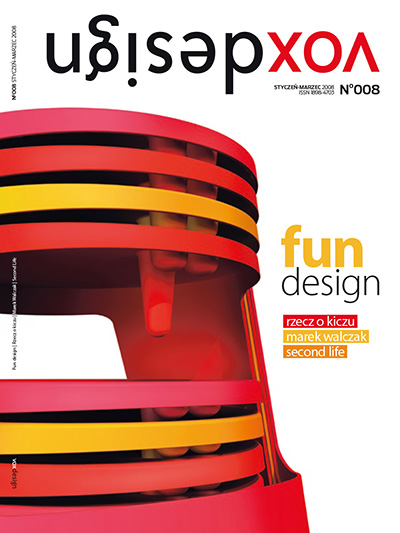
Review
Anna Krenz
Situated on a hill near Rome, the house Ellipse 1501, designed by the young Antonino Cardillo, evokes many associations: a tower, a bunker, a museum. Concrete and emptiness in pure form become a magical experience.
The massive and minimalist form of the Ellipse 1501 house conceals surprisingly expressive interiors. The building’s construction is based on two layers of load-bearing walls made of lightweight concrete poured in an elliptical plan. In the space between the load-bearing walls are the bathroom, utility rooms, and staircase, which retain heat in the open, central part of the house—the hall and living room. The geometry of the ellipse of the external walls, rotated within the interiors relative to its longest axis, sets new directions for the rooms—the kitchen and guest room on the ground floor and the open bedroom on the mezzanine. The concrete walls with soft curves, interrupted by monumental window openings, lend the interiors a fierce character. The subdued colour palette of the walls and the lack of ornamentation and furnishings cause light to play a significant role here as both an active and passive creator of the rooms’ atmosphere.
A spectacle by day and night
Through the enormous, glazed opening in the roof, the rays of the southern sun directly illuminate the main hall. Through smaller windows, sunlight diffused by tree leaves enters the interiors, creating varied ambience in different parts of the house. The rising and setting sun creates changing moods throughout the day—likewise, the shifting weather during the year crafts a new visual reality. Passing time leaves the interiors unchanged, creating only a temporary spectacle during which the play of colours and light becomes a space in itself. The building seems to breathe, expand, as if it wants to escape its own dramatic contours. Ellipse 1501 transforms into an observatory of light, and the surrounding nature, sky, and mountains appear as a fleeting landscape and the only living element in the geometric bunker.
Arrogant or vain?
The residents of Ellipse, observing the landscape outside the windows or the antics of sunbeams captured in the void, themselves become exhibits to be admired against the backdrop of monochromatic concrete walls. The spacious rooms resemble museum halls where nothing may be touched or moved. The scale and drama of the rooms seem to surpass their residential functions. The lack of any personal elements prompts the reflection that humanity is unnecessary here. The consistently designed house evokes mixed feelings. For some, it is a building with aggressive interiors; for others, the essence of dynamic Italian futurism from the 1920s. Matt Hussey from The Cool Hunter accuses Ellipse of arrogance and asks where humanity has gone. Who would feel comfortable in such a house? A sleepwalker with an overgrown ego? Or perhaps a dreamer hypnotised by the rays of the rising sun?
Did the designer want to say something?
Antonino Cardillo, a 36-year-old architect from Rome, graduated in March 2002 from the University of Palermo. For years, he has been photographing and writing, among others, for Antonietta Iolanda Lima and Bruno Zevi. Recently, he has also been working as a historian and critic for Ulisse, the magazine of the Alitalia airline. He practised architecture at the Nonis Maggiore studio and with Manfredi Nicoletti, before opening his own architectural studio in 2004. Looking at Cardillo’s other projects, we conclude that the assumptions and solutions of the Ellipse 1501 house project are evident; after all, the architect has long been playing with light, form, and emptiness. And he clearly does not intend to stop. It is worth following his works, especially since in Italy, young architectural adepts, even if they obtain a diploma after ten years of studies, must compete with mature masters and also find their own place in a country where contemporary architecture still competes with classicism and conservative tradition.
Time and usage will tell whether Ellipse is a house for living, admiring the landscapes outside the window, or merely for being observed within. In the meantime, photographs of the Ellipse 1501 interiors are wonderful to view on the pages of a colourful magazine.

Antonino Cardillo, Ellipse 1501 House, Rome, 2007.